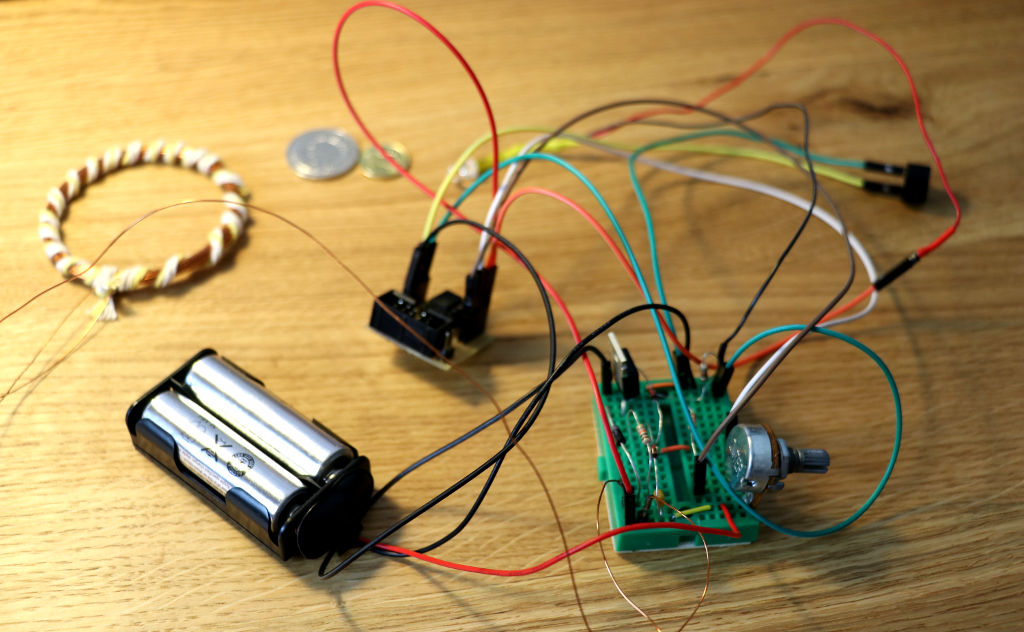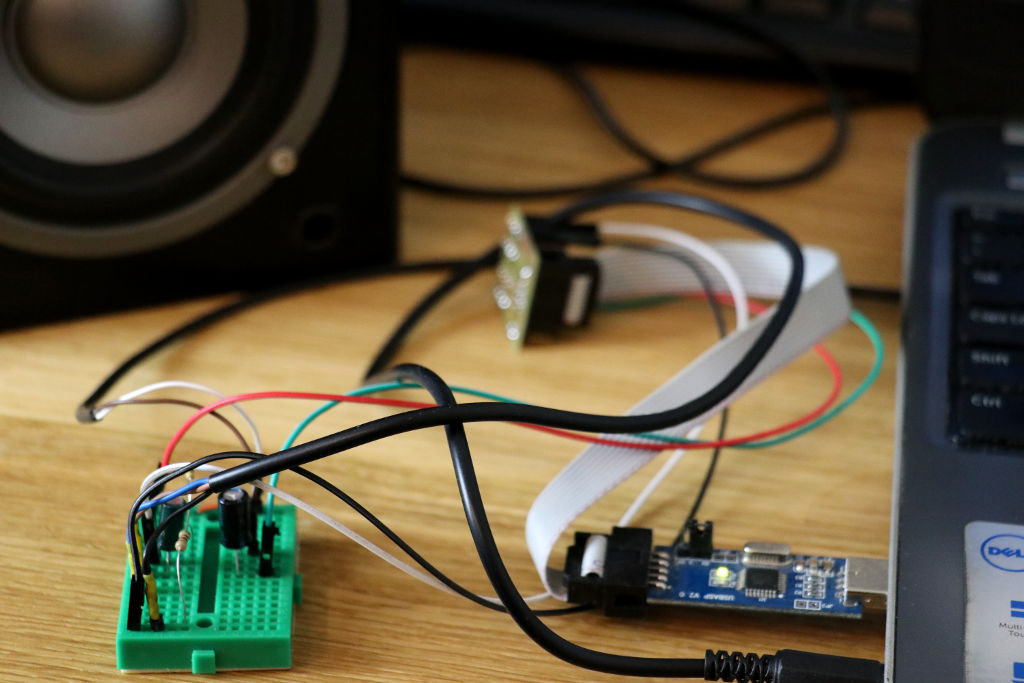Capturing WiFi Beacon Frames, Probe Requests and Probe Responses in Python with Scapy
WiFi is almost everywhere. Wherever you go there are WiFi packets emitted by smartphones, tablets, computers, access-points, etc. All WiFi packets “flying” around are divided into four main groups (802.11 Frame Types) – management, data, control and extension. In this article we will take care of capturing some interesting subtype packets of management group (Beacon … Read more




